Wonders of Viareggio Carnival: A Journey Through History, Culture, and Festivities!
Hello there! Welcome to another blog post of this month. It's been a while since I've written about a carnival, so I decided to explore something new, and luckily stumbled upon the Viareggio Carnival. This carnival is a vibrant celebration filled with artistic creations, colorful displays, emotions, and pure joy. Just like San Fermin, it boasts a rich history waiting to be uncovered. So, without further ado, let's dive in and discover the wonders of the Viareggio Carnival.
The Viareggio Carnival takes place annually in the charming Tuscan city of Viareggio. With its beautiful seaside location (perfect for a fitness enthusiast like you ;)), the town's streets come alive with over 1,000,000 participants during the festivities.
The inaugural Viareggio Carnival parade took place in 1873, initiated by affluent middle-class individuals around the coffee tables of a Casino, orchestrated a procession featuring flower-decorated floats. It was initially named as Mardi Gras, but became famous as Viareggio Carnival. In response, certain locals donned masks to symbolize their opposition to exorbitant taxes. Notably, the first winning float in 1883, titled "I Quattro Mori" ("The Four Moors"), faithfully depicted the iconic Livorno statue of the same name.
Following the end of the century, in the amidst of the vibrant festival, introduction of magnificent triumphal floats, which resembles to the well monuments crafted from wood, plaster, and jute. Sculptors meticulously molded these creations, while carpenters and iron smiths, skilled in shipbuilding, assembled them in Darsena, on the very scaffolds where naval vessels were constructed to brave the unpredictable oceans. Henceforth, these floats, crafted annually, have sailed through a sea of astonished and entertained spectators.
Along with Viareggio Carnival, Belle Epoque has also sighted an end with the onset of First World War. Despite that, in 1921 the famous Italian carnival held its head high with even greater pop and splendor. Floats paraded along two magnificent avenues, flanked by the picturesque coastal promenade and the majestic backdrop of the rolling hills and Apuane Alps. These avenues, bustling with national and international society during the summer months, transformed into a natural stage of unparalleled beauty where the vibrant carnival displays evolved, growing livelier and more animated each passing year. In 1921, the inaugural official song, "Cup of Champagne," echoed through the festivities, now an integral part of carnival tradition. Notably, figures came to life to the rhythm of music for the first time, as a band found its place aboard the "Tonin di Burio" float, depicting a wedding feast in a farmhouse yard. Two years later, "Pierrot," the iconic nostalgic figure of the carnival, became the first to move its head and eyes. In 1925, papier-mâché was introduced by innovative builders to craft floats, enabling the creation of colossal yet lightweight structures and enormous figures capable of defying gravity, ushering in a new era of carnival magnificence. This innovation solidified the Viareggio Carnival's place in history, earning its builders the moniker "papier-mâché wizards" from the national and international press, perpetuating its legendary status.
 |
| The first moving Pierrot |
 |
| Uberto Bonetti |
 |
| Broadcast in Eurovision |
The Viareggio Carnival serves as an ideal hub for encountering diverse people and cultures, facilitated by extensive media coverage and the opportunity to globalize the event. This fusion of tradition with universal values such as solidarity and peace underscores its significance on both local and international stages.From its humble beginnings to its current status as the Italian and European Carnival, Viareggio's festivities have captivated hearts and minds for over a century.
But hey, enough about history—let's talk about you! Have you ever experienced the magic of the Viareggio Carnival firsthand? Whether you've danced along the streets, marveled at the towering floats, or simply soaked in the electric atmosphere, I want to hear your story! Share your most memorable moments, favorite traditions, or even the wildest costumes you've spotted. After all, what better way to celebrate this global extravaganza than by sharing our collective experiences?
And guess what? The fun doesn't stop here! Stay tuned for next week's blog post, where we'll dive into the world of carnival cuisine, from mouthwatering street food delights to traditional treats that will tantalize your taste buds. Trust me, you won't want to miss it!
Until then, keep the carnival spirit alive and let's continue spreading joy, laughter, and a whole lot of confetti wherever we go. See you next week!
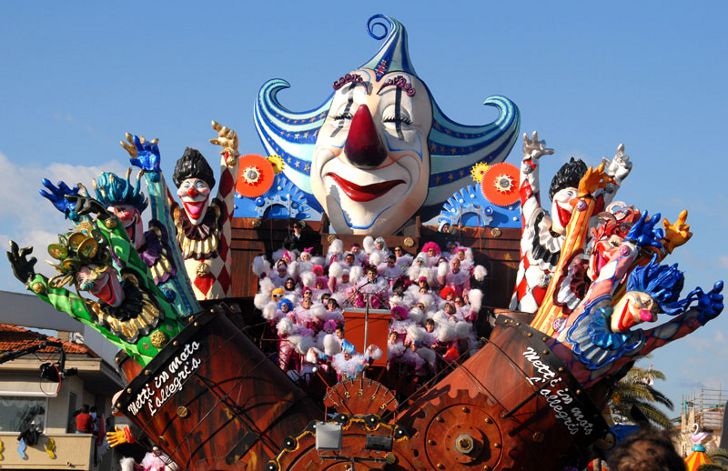

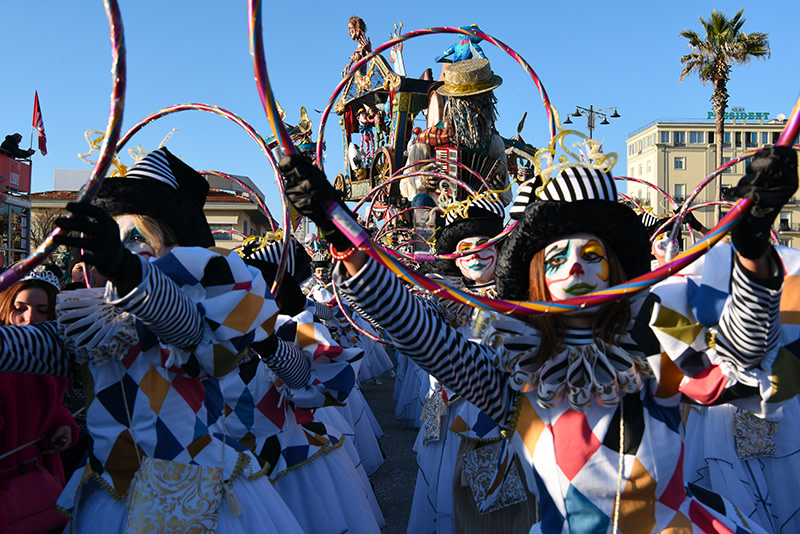
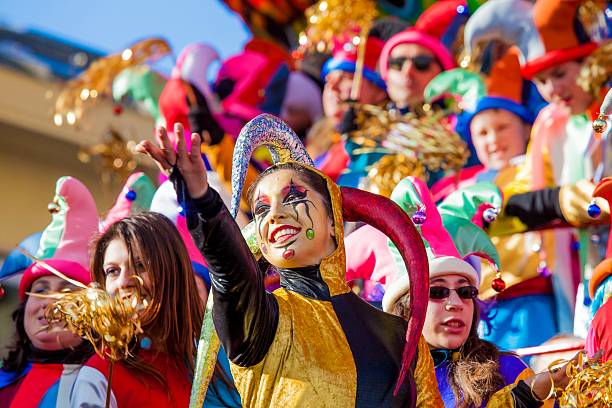
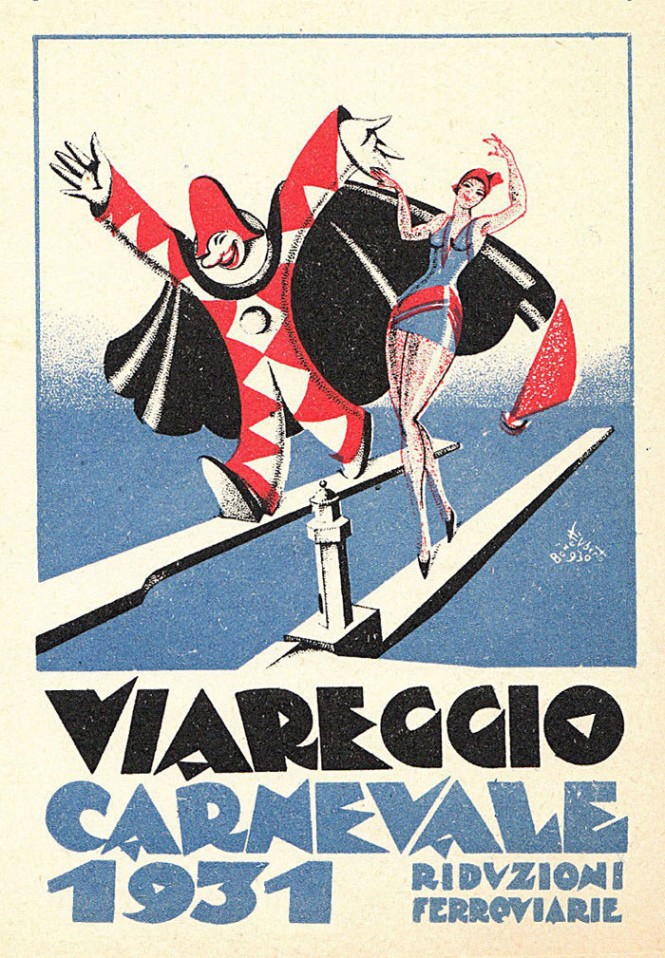


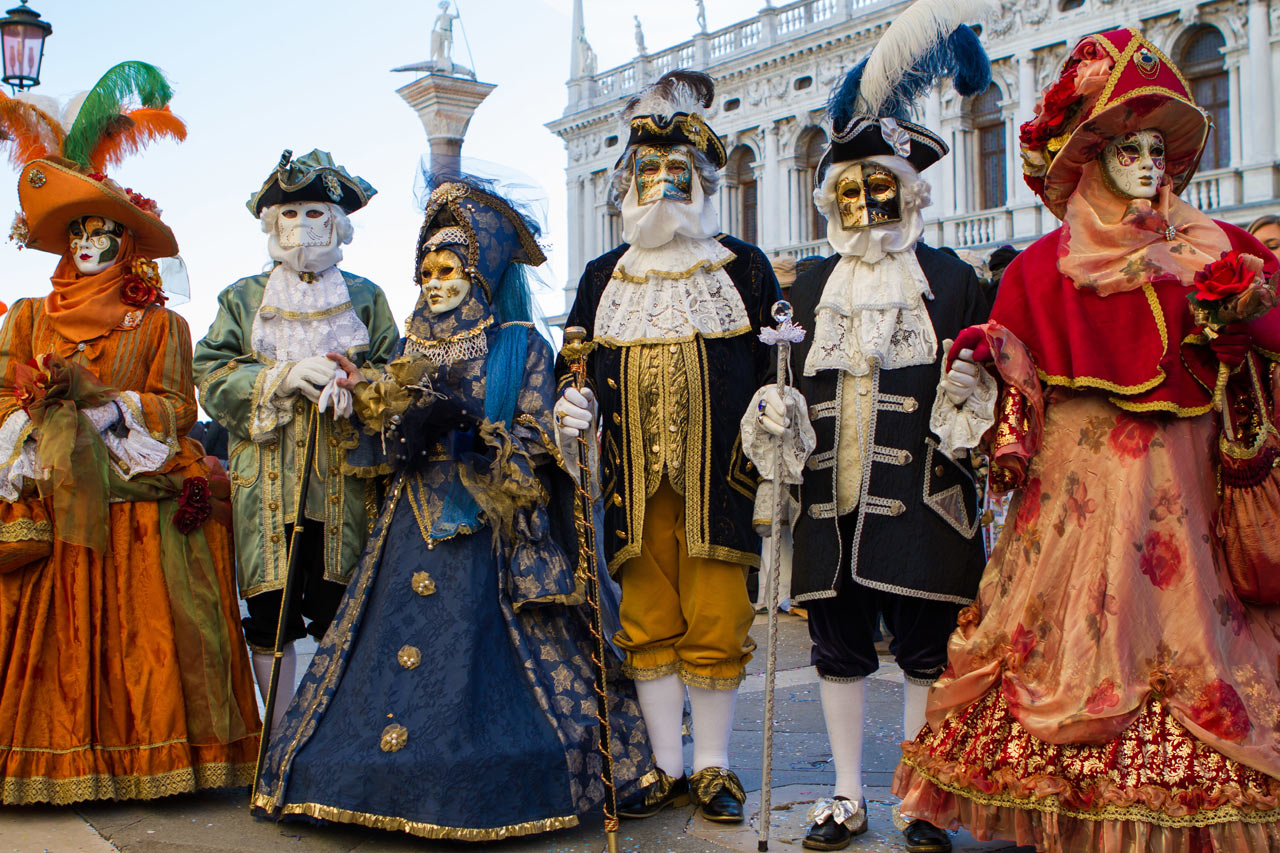
Comments
Post a Comment